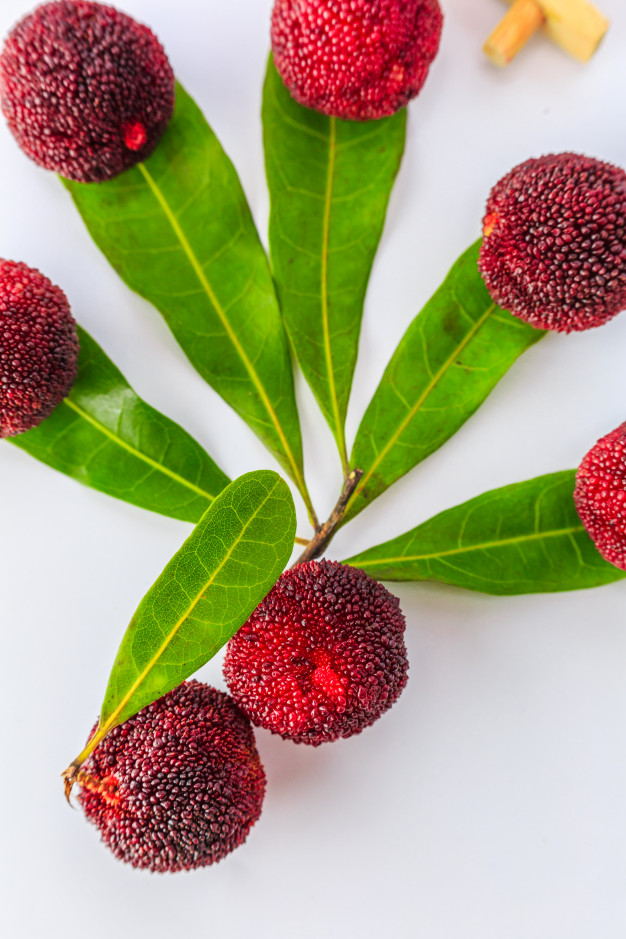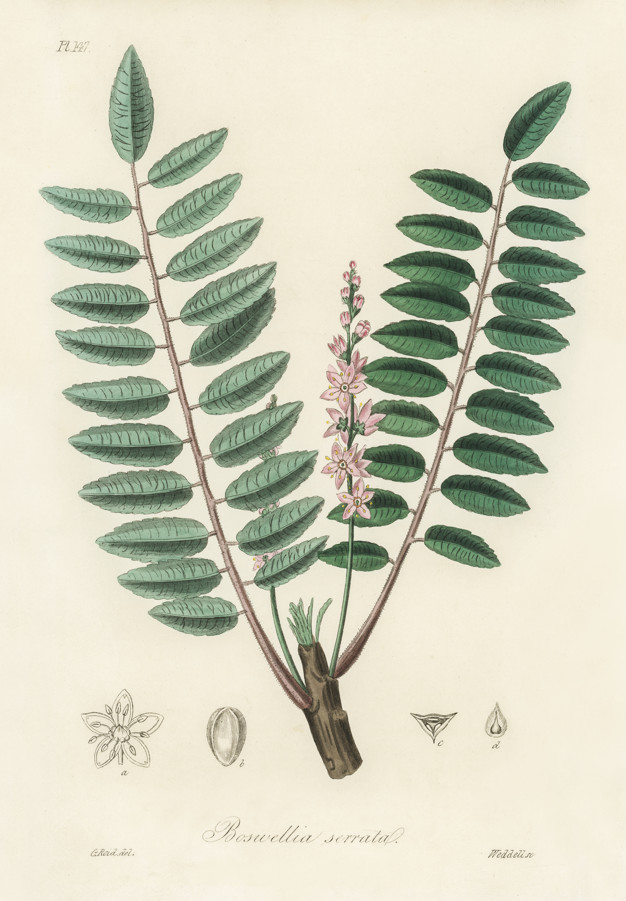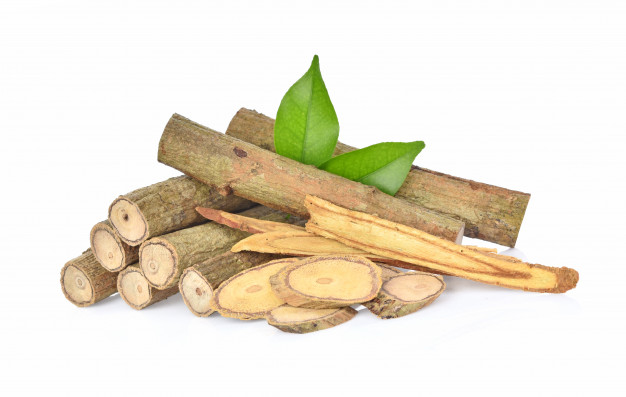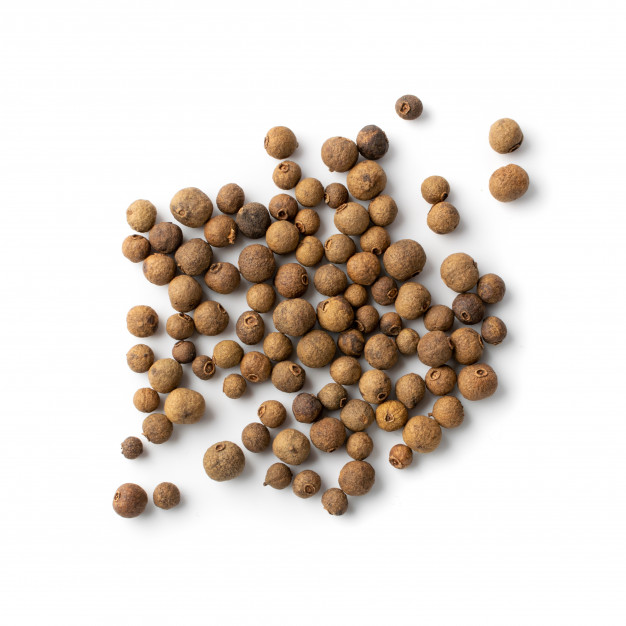Bayberry also known as candle berry or wax myrtle or tallow shrub or sweet gale or yang-mei is a shrub of great therapeutic advantages. The root bark and the berries are extensively used for preparing various imperative medicines.
Biological properties
Antioxidant activity
- Polyphenolic components of bayberry are considered as the main constituents accountable for exerting antioxidant activity
- It helps to protect the body from free radical induced oxidative damages by decreasing the concentration of free radicals within body
- It also helps to reduce the level of reactive oxygen species in body thus decreases its harmful consequences
- It helps to prevent lipid peroxidation as well
- It helps to protect various important bio-molecules of body from oxidation hence helps to sustain their structure as well as functionality
- It also helps to decrease the risk of developing chronic diseases as it is associated with reducing oxidative stress
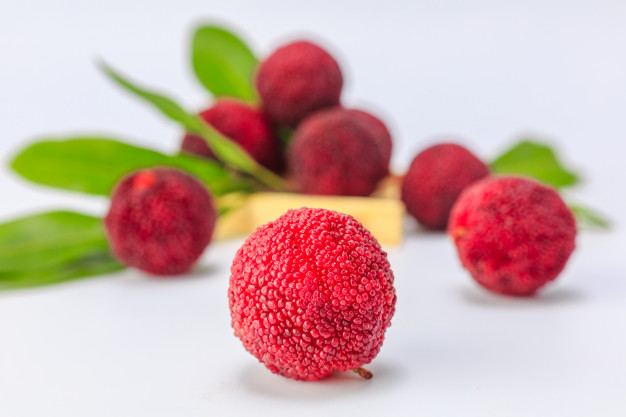
Anti-inflammatory property
- Its polyphenolic compounds are not only responsible for providing antioxidant activity but also it exert strong anti-inflammatory activities
- It significantly reduces inflammation hence its consumption is extremely effective for reducing the risk of developing chronic inflammatory diseases
- It plays vital role in decreasing the concentration of inflammatory markers within body, which ultimately helps to inhibit the onset of inflammatory events
- It also helps to prevent swelling and pain

Antimicrobial activities
- It exerts strong antimicrobial activities that help to prevent the growth and reproduction of microbes within the host hence decreases the susceptibility of developing infectious diseases
- Myricitrin is an imperative compound present in bayberry is responsible for its antibacterial properties
- It has seen that high concentration of tannin is found in the root bark of bayberry, which play significant role in preventing infections by tightening mucous membranes, which is associated with inhibiting microbial infestation
- It also helps to destroy invading microbes
Health benefits
Role on oral health
- It helps to improve the health of mouth as well as gum
- It especially helps to treat various oral disorders
- It is very effective for treating bleeding gums
- It has seen that bayberry root powder is extensively used for preparing tooth paste and using of such tooth paste is extremely beneficial for improving oral health
Role on digestive health
- Consumption of bayberry is very effective for improving digestive health
- It helps to promote digestion and absorption of food
- It is associated with protecting the digestive tract from oxidative and inflammatory damages hence reduces the susceptibility of developing gastrointestinal disorders
- It significantly decreases the prevalence of irritable bowel syndrome, inflammatory bowel disease, ulcerative colitis, gastritis and peptic ulcer

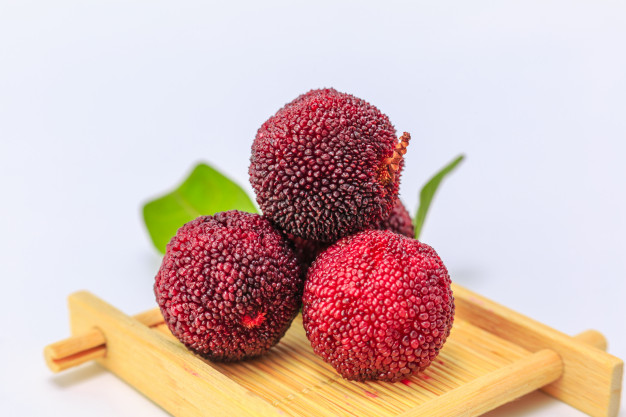
Role on skin
- It helps to promote skin health
- Its antioxidant activity is responsible for protecting the skin from the harmful consequences of oxidative damages
- It helps to prevent ageing as well
- It is a good source of Vitamin C hence its consumption is very helpful for stimulating collagen synthesis, which helps to improve the elasticity of skin
Role on hair
- Consumption of bayberry significantly stimulates hair growth
- It helps to strengthen the hair by preventing hair falls
- It also reduces dandruff
Disease preventive role of Bayberry
Bayberry and sinus
- It is a disease of sinus cavity. Sinus cavity is an empty region placed behind eye and nose responsible for filtering air during respiration or breathing
- Sinus is characterized by developing an inflamed and swollen sinus cavity that results in excessive mucous production
- It may develop severe infection, pain and congestion throughout human head, neck and face
- Bayberry plays imperative role in preventing sinus as it is associated with shrinking mucous membrane as a result significantly reduces mucous formation in sinus cavity
- It helps to increase blood circulation as well, which is related with compelling the body to expel more mucous from sinus cavity
- It also helps to provide instant relief from various sinus related symptoms like cold, cough, flu, over-reactive mucous membrane etc

Bayberry and skin infection
- It also exerts potent healing effect thus it is extensively used for treating various skin infections especially those skin ulcers, which are hard to heal
- It is very effective for preventing itching, sore skin and hemorrhoids
Bayberry and urinary tract infection
- Urinary tract infection is a very common complication of females, which is mainly occurred in bladder or urethra due to E.coli infestation. Though the infection can occur at any portion of the urinary system but if it is not treated then it may become fatal as it can infect the kidney in an adverse manner
- Bayberry plays very important role in decreasing the risk of developing urinary tract infection as it is related with promoting the health of urinary system especially the bladder and also improves renal functions
- It also helps to decrease inflammation, cramping, discomfort and irritation in urinary tract hence helps to improve the symptoms of UTI

Bayberry and fever
- Fever is an abnormal condition of body, which is characterized by an elevated body temperature. Fever is not a disease where as it is just a symptom. It has seen that fever generally occurs when infection (any) has been arisen in body
- As bayberry has strong antimicrobial activities hence it is very effective for treating infections thus it acts as an imperative remedial action for preventing fever too
Bayberry and female problems
- Bark root powder of bayberry has been traditionally used for treating various female problems
- It has seen that it plays important role in stimulating normal menstrual blood flow and prevents the prevalence of heavy menstrual bleeding as well
- It is also associated with treating vaginal discharge among women
Bayberry and diarrhoea
- It has been used for centuries as an imperative preventive measure for diarrhoea
- It has seen that bayberry is associated with improving the symptom of diarrhoea earlier than antibiotics
- It has strong astringent properties, which make it more effective for improving the symptom of diarrhoea
Ayurvedic uses

Bayberry is widely used in ayurveda for numerous medicinal purposes such as –
- It has been used to protect the skin from sun burn. It has seen that consumption of tea prepared by bayberry leaves significantly decreases the prevalence of sun burn
- It has seen that gargling with a decoction of bayberry helps to improves the symptoms of mumps
- Consumption of a decoction made by ginger and bayberry is very effective for preventing bronchitis
- It is extensively used to treat throat inflammation as well
- It is a good choice for tonsillitis. It has seen that consumption of a warm decoction of bayberry and ginger drastically improves the symptoms of tonsillitis
- It plays significant role in treating diphtheria as well
Culinary uses
- It can be grounded and used as a spice
- It can also be added to any broth
- It is used as an important flavouring agent
- It can be used as an effective alternative of bay leaves in cooking
- It can also be added to stews or soups before consumption
- Bayberry leaves can be dried and brewed in a robust tea
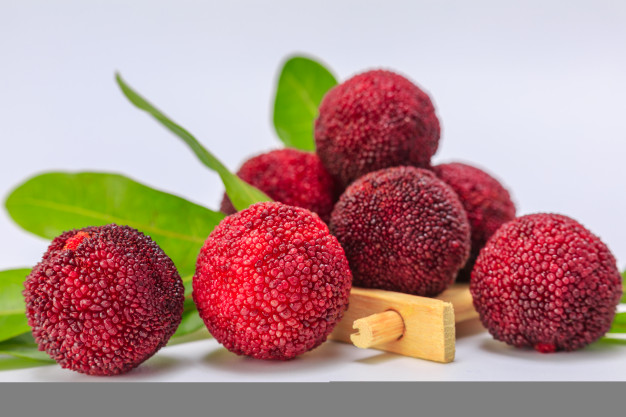
Source:
Cheng, H., Ye, X., Chen, J. and Pan, H., 2020. of Anthocyanins from Chinese Bayberry Fruits. Asian Berries: Health Benefits, p.239.
Files, B.T.P., Common Name: Bayberry| Scientific Name: Myrica Cerifera.
Guo, H., Zhong, R., Liu, Y., Jiang, X., Tang, X., Li, Z., Xia, M. and Ling, W., 2014. Effects of bayberry juice on inflammatory and apoptotic markers in young adults with features of non-alcoholic fatty liver disease. Nutrition, 30(2), pp.198-203.
Krishna, H., Attri, B.L., Kumar, A. and Ahmed, N., 2016. Changes in phenolic contents and antioxidant capacity of bayberry (Myrica esculenta Buch. Ham. ex D. Don) and yellow Himalayan raspberry (Rubus ellipticus Smith) based health beverages.
Shi, L., Cao, S., Chen, X., Chen, W., Zheng, Y. and Yang, Z., 2018. Proanthocyanidin synthesis in Chinese bayberry (Myrica rubra Sieb. et Zucc.) fruits. Frontiers in plant science, 9, p.212.
Sun, C., Huang, H., Xu, C., Li, X. and Chen, K., 2013. Biological activities of extracts from Chinese bayberry (Myrica rubra Sieb. et Zucc.): a review. Plant foods for human nutrition, 68(2), pp.97-106.
Zhou, S.H., Fang, Z.X., Lü, Y., Chen, J.C., Liu, D.H. and Ye, X.Q., 2009. Phenolics and antioxidant properties of bayberry (Myrica rubra Sieb. et Zucc.) pomace. Food Chemistry, 112(2), pp.394-399.
